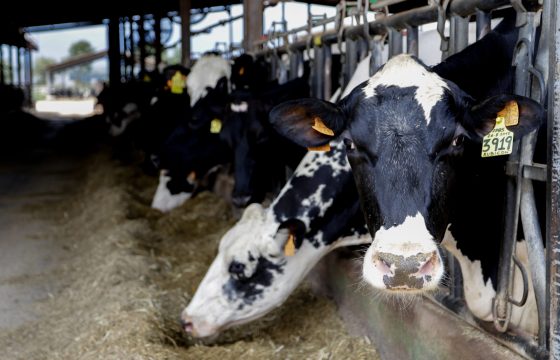Discovering the hidden tricks of S. aureus: The first step to control
Mammary gland infections caused by S. aureus is one of the problems that dairy farms can face. They are a major concern from a health and economic point of view. Why is this pathogen so relevant? In the following article, we will see the main characteristics of S. aureus to understand better this troublesome mastitis agent.
Contagious agents
Mastitis-causing agents have historically been classified into environmental and contagious agents. Even though this classification is not 100% accurate, it is still especially useful for setting up the basis of udder health programs and mastitis control.
“It is crucial to identify the mastitis agents to implement the most specific and effective control measures”
It is well known that contagious mastitis pathogens spread through the herd very easily from cow to cow. The main transmission happens during the milking process.
The main character: S. aureus
Within the contagious group, there is an agent that needs to be highlighted: Staphylococcus aureus. It is considered to be one of the most significant agents.

Important points about S. aureus
- It usually lives in the cow’s udder and on the teat skin, and infected udders are the reservoir. S. aureus can also survive at other sites on the cow and be transmitted to the udder.
- It can colonize teat skin lesions and the teat canal, migrating up to the mammary gland, causing mastitis.
- It can survive for short periods in the environment in contaminated material such as milking liners, cleaning towels or hands and gloves, which can act as fomites.
What is the symptomatology of staphylococcal mastitis?
Mastitis caused by S. aureus can manifest in several ways:
- Clinical mastitis ranging from small clots in the milk to quarter inflammation.
- Can rarely become hyperacute and cause gangrene, especially in fresh calved heifers.
- Subclinical mastitis.
“Thanks to the biofilm, S. aureus may produce long-lasting infections that can persist through lactation and in subsequent lactations”
Why is it hard to control?
Due to the microorganism’s capacity to evade the immune system by forming biofilm agglomerates and to damage the duct system and colonize the secreting tissue, forming abscesses, it can produce recurrent mastitis becoming chronic and alternating from a subclinical to a clinical state.
It may produce long-lasting infections that can persist through lactation and in subsequent lactations. As udders act as a reservoir, the risk of infection of healthy cows is very present.
Please follow our next article on the strategies to control S. aureus!
Article written by Luis Pinho, DVM, PhD


